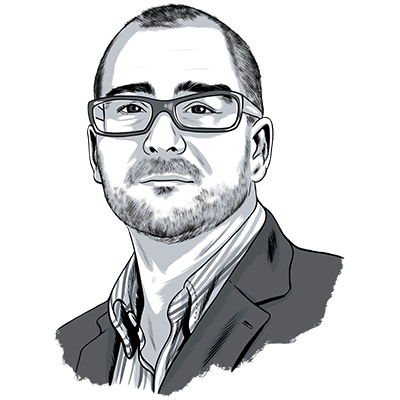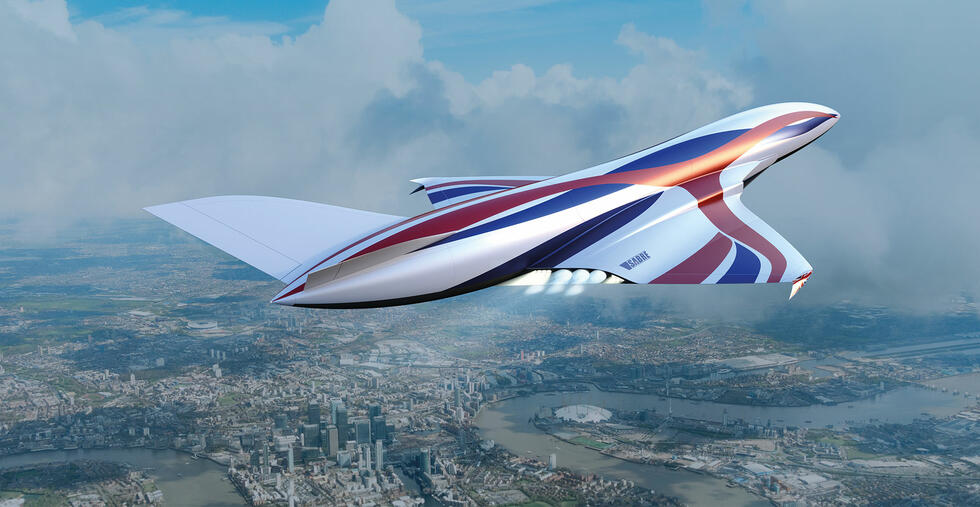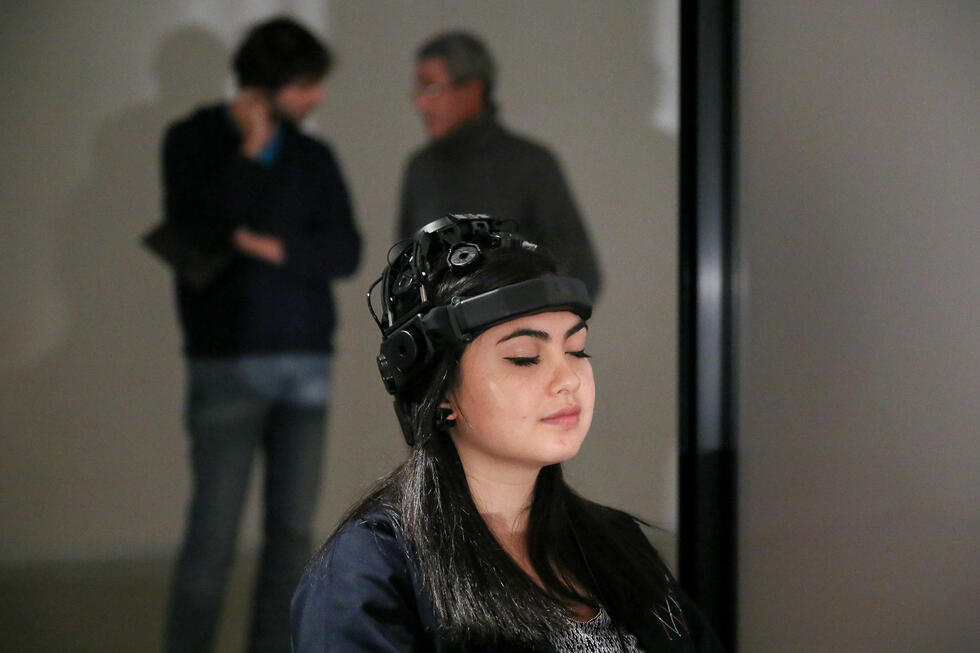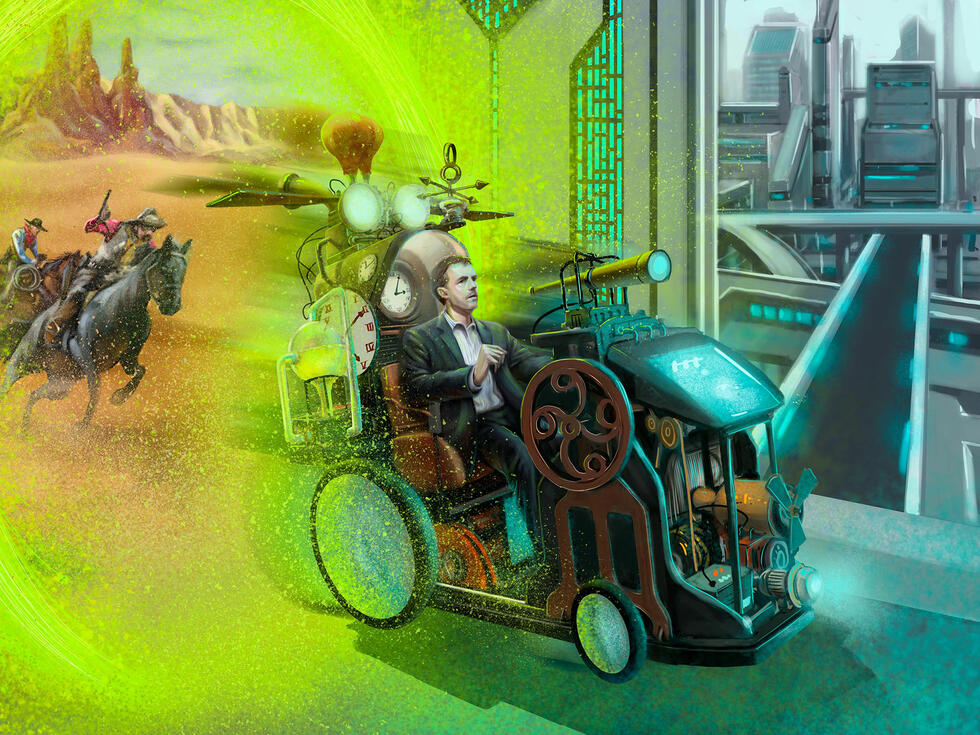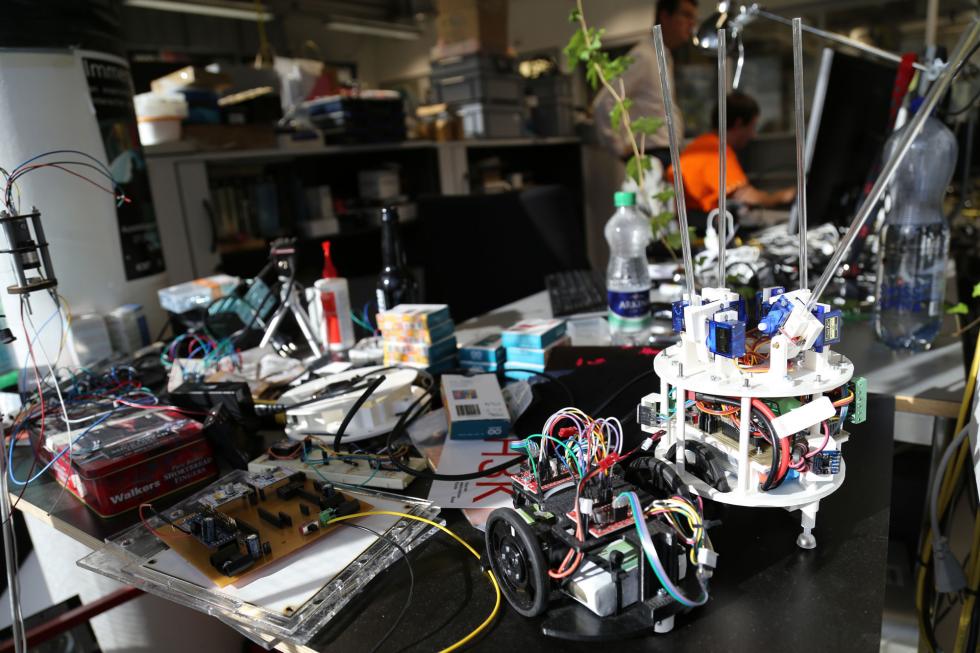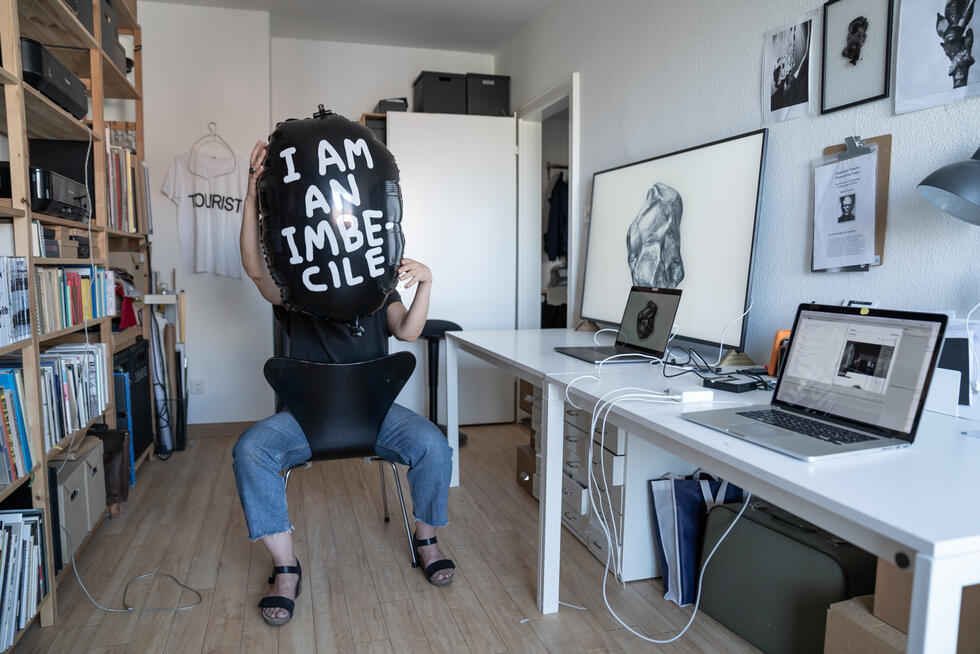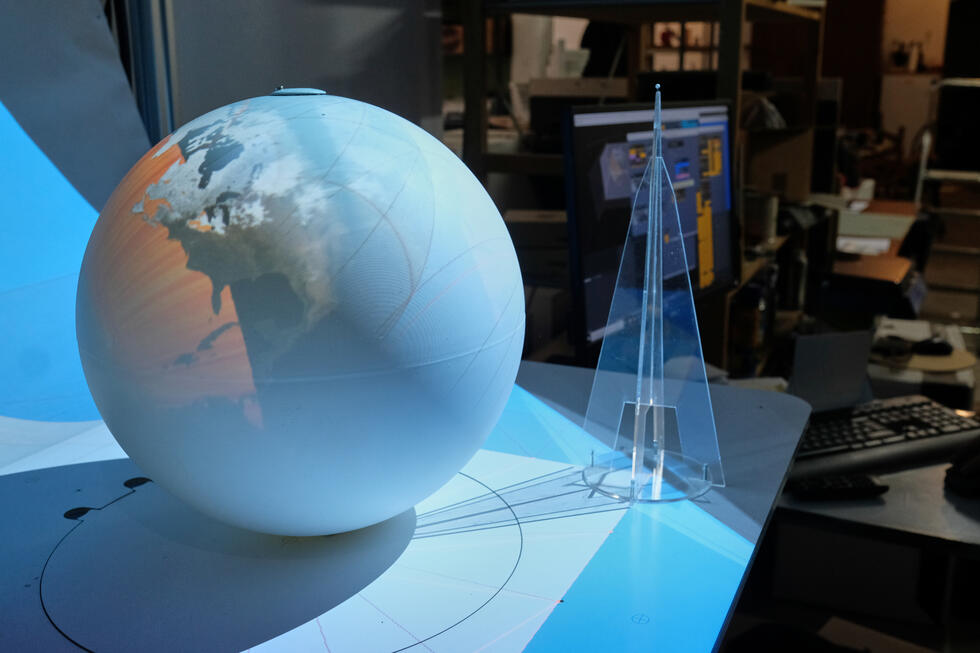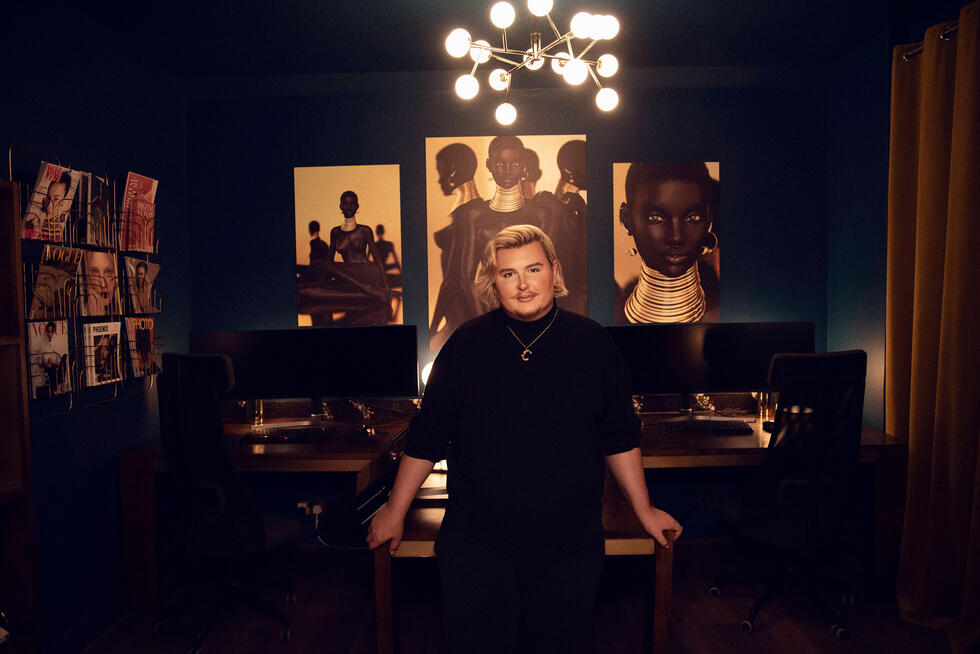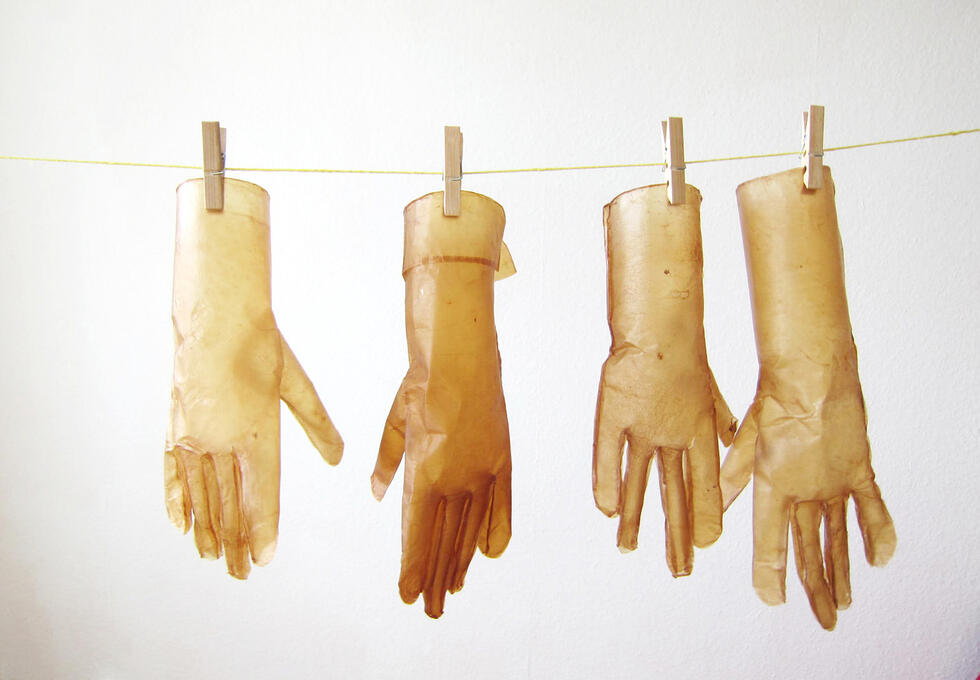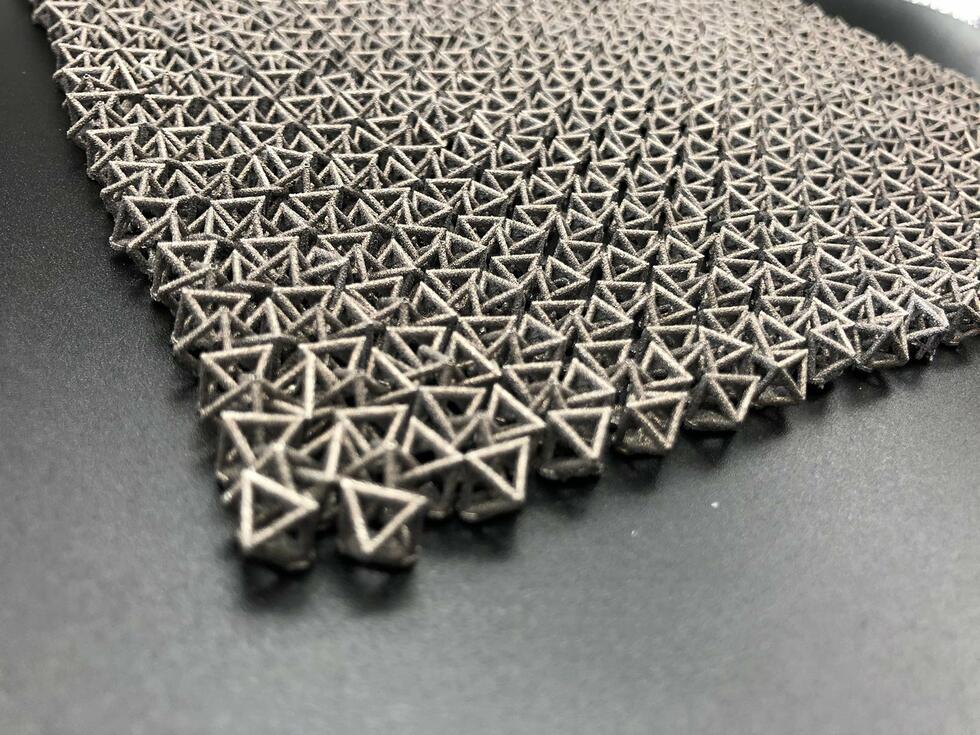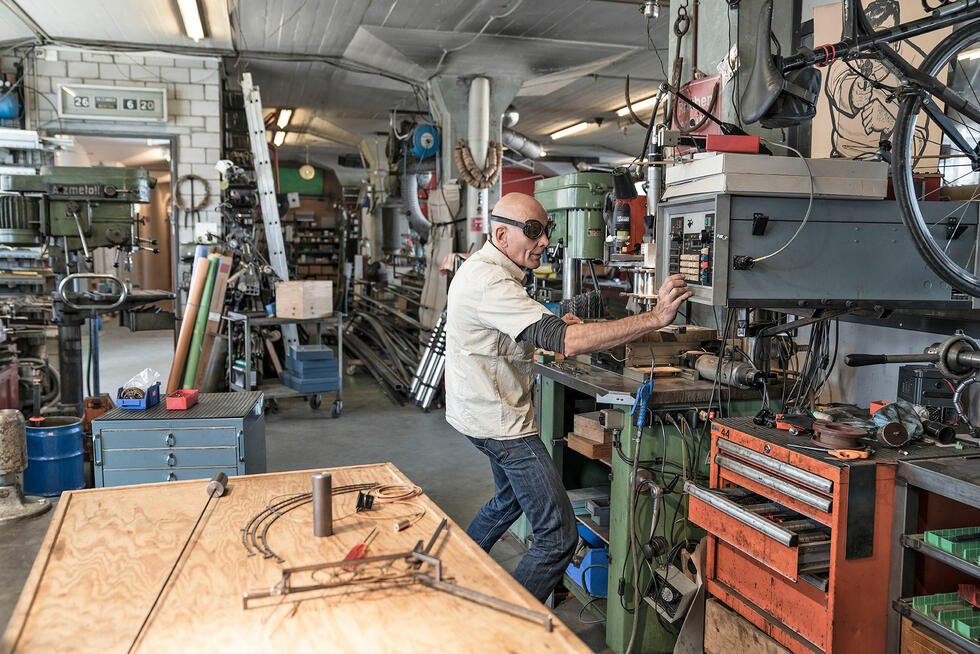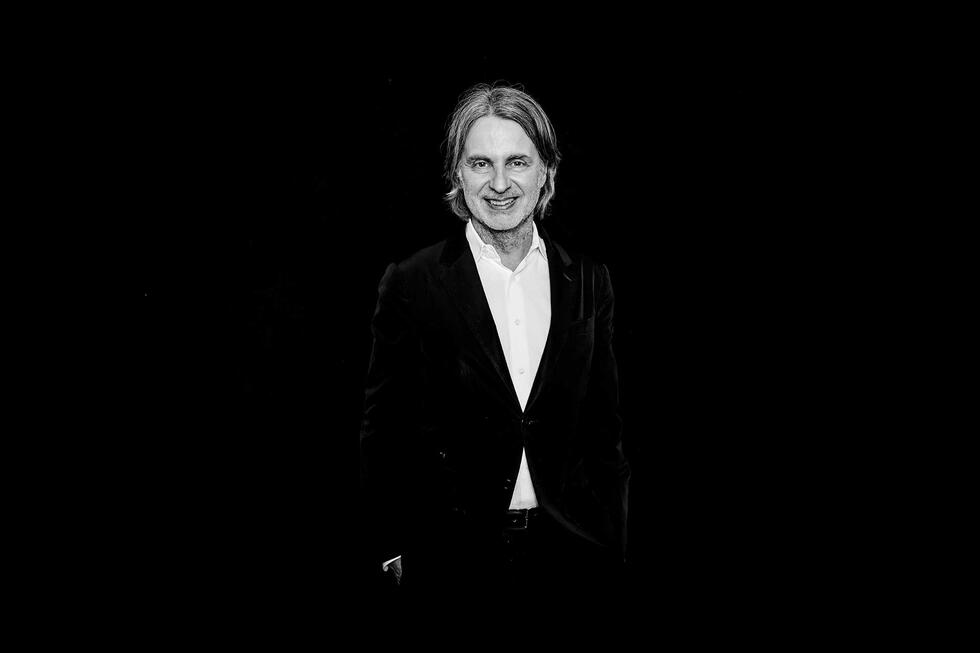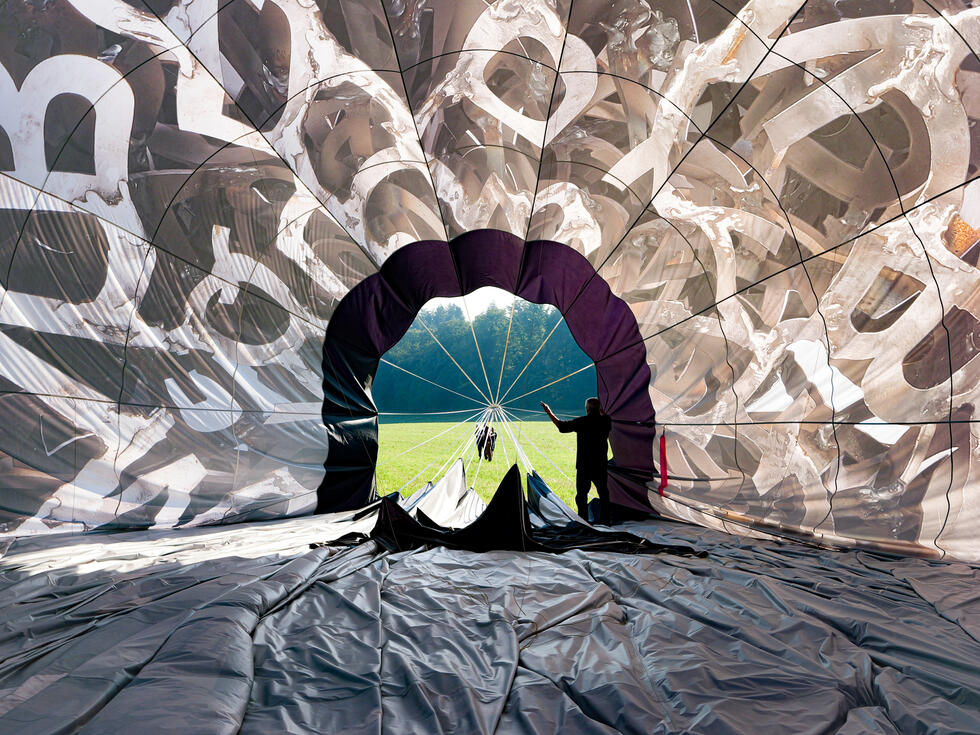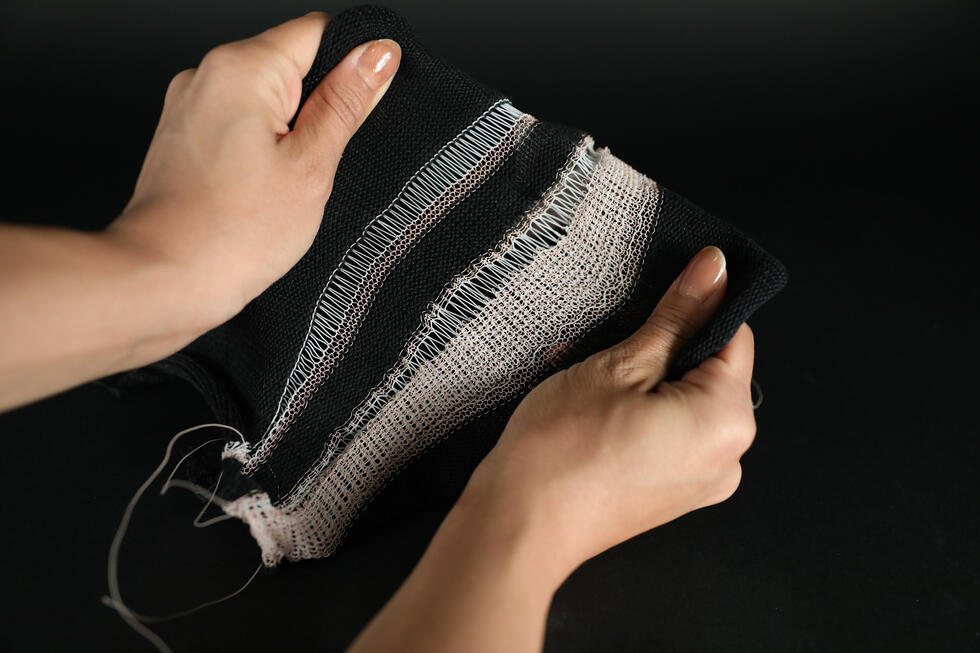“The ability to feed the subconscious is essential”
Creaholic has ingenuity in its DNA: In the 1980s, the company’s founders were involved in the invention of the Swatch watch. Today, the innovative minds from Switzerland’s watch metropolis Biel develop new products and services in collaboration with other companies. An interview with the co-founder Marcel Aeschlimann.
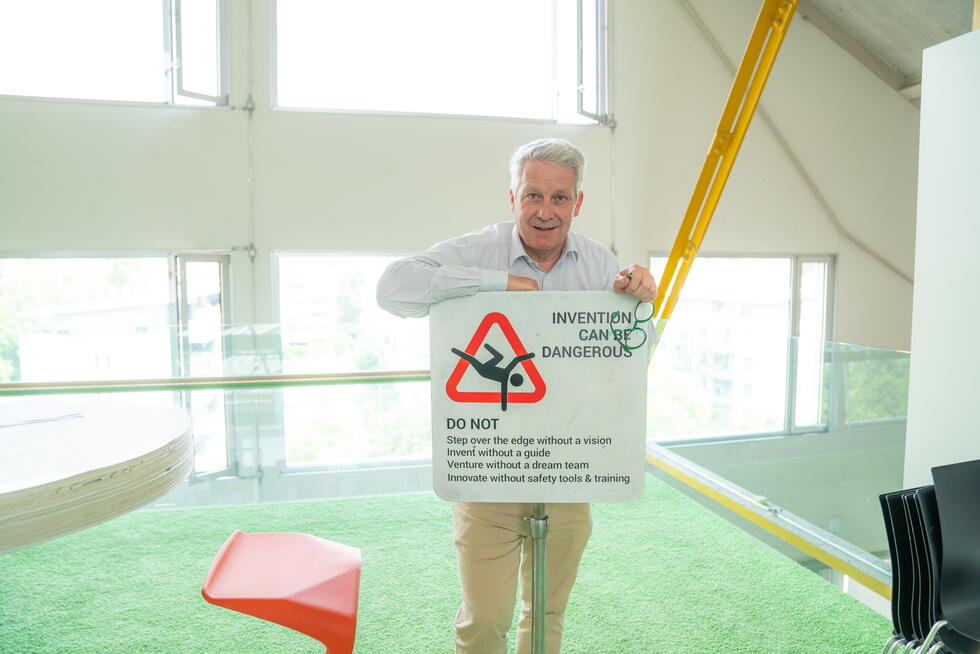
Picasso once said that every child is an artist, and the problem is how to remain an artist once we grow up. Does the same hold true for innovation? Would we all be more innovative if we paid more attention to our inner child?
Childlike curiosity and playfulness definitely help, but creativity is only one side of the coin. In order to develop successful innovations, you must above all have a feel for the market and a passion for entrepreneurship.
Can one learn to be an inventor?
I believe so. Many people have a sense of innovation, but it can and must be cultivated. Here at Creaholic, we exercise this sense every day, because it is our passion. After all, you cannot become a good skier without practice.
How important is the “eureka” moment?
Usually there is not just a single final “eureka!”, but many. In retrospect, one frequently focuses on the single most inspired idea that leads to a groundbreaking innovation, but a successful product is usually based on many decisive moments. And always, a wide variety of people are involved, not just one ingenious mind.
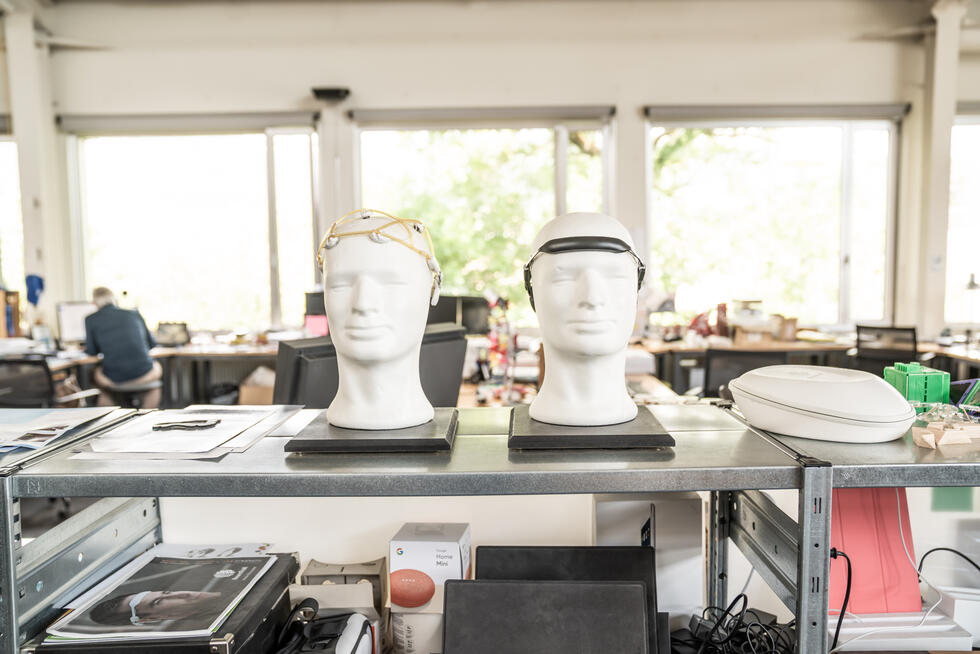
So innovation means teamwork?
I come up with my best ideas when I am lying alone in bed thinking – but only if I have discussed the ideas intensively with my team beforehand. You have to have the ability to feed your subconscious, and that is only possible if you have a great team. One could say that the idea must be inspired by the team. As the ancient Greeks said: Good ideas require the inspiration of a muse. At Creaholic, we are all muses that inspire each other.
What role do doubts play in this?
The best inventors are skeptics. Ideas are rarely truly good right from the start, most of them are not fully matured and must be critically scrutinized. Being innovative requires the confidence to pursue your own path, but you also need to be sufficiently self-critical to keep questioning your path.
And what about failure? It strikes me that mistakes are frowned upon in Switzerland, whereas in the US, for example, the attitude towards failure is much more relaxed. What is your experience?
That is indeed the case. The Swiss are very tenacious when it comes to turning an idea into a success. The downside of this is that sometimes, it takes us too long to admit our mistakes. At Creaholic we also had first to learn, to learn from our mistakes. We are better at it today than we used to be.
The best inventors are skeptics. Ideas are rarely truly good from the outset.
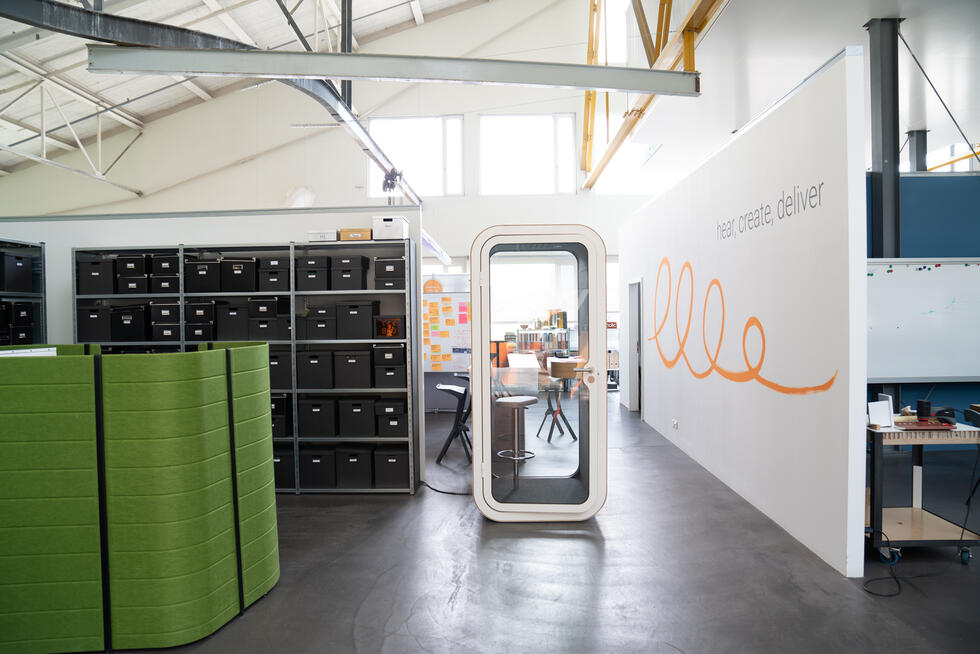
Is there a formula for developing solutions to problems?
There are literally thousands of books on innovation, and each one claims its own method is the only correct one. They sometimes remind me of all those diet books. The key is to know which method is best suited for the current situation.
What method do you apply?
We have developed our own approach; the “Gas-Liquid-Solid” mindset. Based on this, our innovations are created in three phases: In the gas state, the molecules are free and ideas can be thought up from scratch. In the liquid phase, the ideas condense into a feasible concept, and in the solid mode, we create the actual solution. The gas state is the most important. Figuratively speaking, this is where the chair molecule meets the dynamite molecule – combined, this results in the idea of the ejection seat. If you always think of the chair as furniture, you would never come up with such a concept.
In your opinion, what are the three most important factors for the launch of a successful product?
For me, market demand ranks first and competitiveness second. In my opinion, the technological ingenuity of the product is only the third priority, despite the fact that I have an engineering background.
Christina Taylor from Creaholic recently published a book on Human-Centered Design (HCD). What lies behind this concept?
Many people assume that technology lies at the heart of innovations and the needs of the customer are often overlooked. HCD is based on the philosophy of developing products and services based on a rigorous customer-centric perspective. First and foremost, this means that the innovation must offer customers relevant solutions. Apple is a prime example of this approach: Their products feel good and are easy to use. Of course, profitability should not be overlooked either. In our opinion, the most effective innovation is achieved by focusing on these three aspects – customer needs, profitability, and technology.
How do you find out what the customers really want? Or in other words: What is more important, satisfying an existing need or creating new needs?
Frequently that is not the key question, unfortunately. Many companies approach us with concrete ideas, which we always examine in detail. Our task is to find out whether the idea actually addresses a customer need. Examining needs and their context is an important part of the innovation process.
A key part of the innovation process is to carefully examine customer needs.
And how is it possible to make the customer feel at home?
By creating a pleasant experience. The shops of the Swiss telecommunications provider Swisscom are a good example of this. They used to be rather cold and sterile. Today the interior resembles a homely kitchen. Trying out products in a relaxed atmosphere is a much more pleasant experience for the customer than simply standing in front of a shelf.

Let’s return to the example of Apple: Why is this once so innovative company rarely producing any genuine innovations anymore?
In my opinion, large companies generally find it very difficult to launch disruptive innovations onto the market.
Why?
When you climb Mount Everest, you feel more confident in a small team than in a large one. The same is true in product development. Companies like ours allow large corporations to develop innovations within manageable teams.
When you are climbing Mount Everest, you feel more confident in a small team. The same is true in product development.
Many companies want to become more agile. Is this even possible inside conventional structures and hierarchies?
No. If you want to establish agile processes, you have to be prepared to break up old structures. But not every division of a company has to introduce agile structures. When it comes to production or logistics processes, for example, I believe the disadvantages outweigh the benefits.
You work with companies from a wide range of sectors. To what extent do they differ?
The differences are becoming increasingly insignificant, as the various sectors of the economy merge. A modern car, for example, has a communications function, and foods have a health aspect.
The majority of Bystronic’s customers are job shops. How can they remain competitive in a globalized world?
It is a matter of being better than the others. When I say better, I above all mean the intelligent utilization of data and know-how. I believe this is particularly important in Western Europe, where the price is not the only factor.
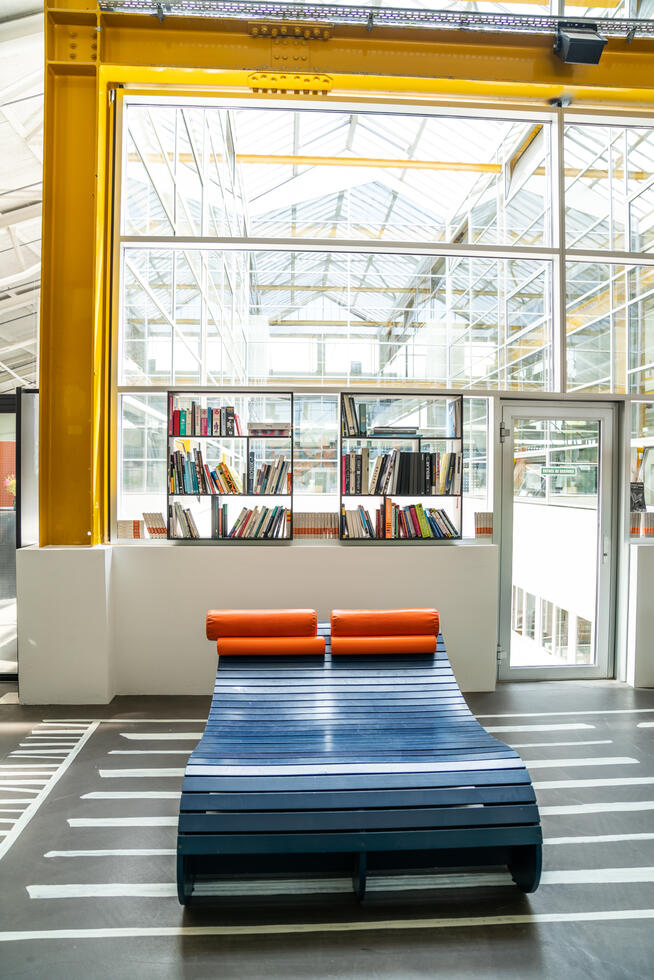
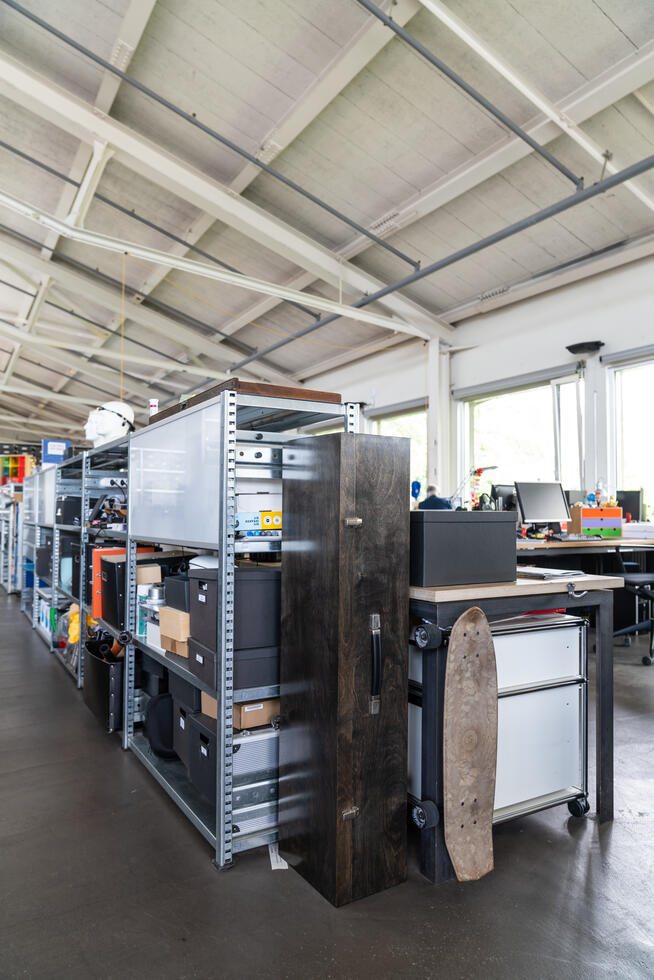
What is your position on digitalization? Is it a purely positive development or does it also entail negative aspects?
Digitalization is one hundred percent positive in my mind, especially because it automates time-consuming manual processes. I believe we can make better use of this time. Needless to say, every technology has its drawbacks: You can use a smartwatch to arrange a date or orchestrate a terrorist attack. Fortunately, however, the vast majority of people utilize new technologies with positive motives.
We keep hearing that the pace is faster today than it used to be, and that this puts people under more pressure. Do you agree with this?
The Neanderthals probably had to cope with much more pressure than we do. They had to defend themselves against wild animals and constantly fight for survival. I often think that in Switzerland, we have too little pressure. We lead very comfortable lives, and this makes us complacent. The current corona crisis is creating somewhat more pressure. I hope that we can use this to initiate positive changes.
What have you learned from the crisis?
I used to travel for hours to take part in meetings. Now I know that this is not absolutely necessary.
Is there an invention that you would like to make?
Beaming. I believe we could all benefit from it.
Gallery of Creaholic
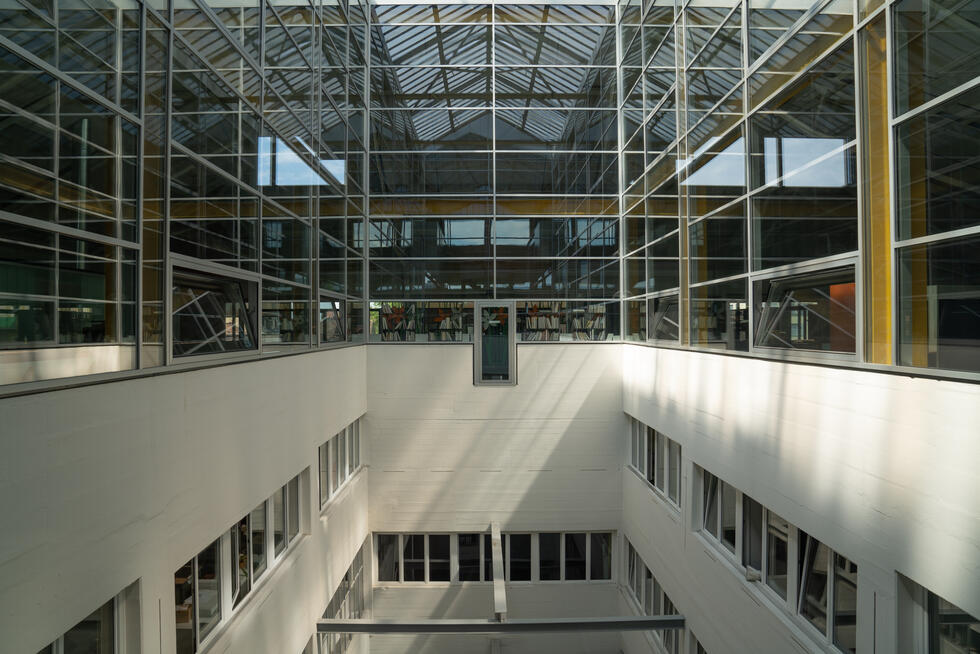
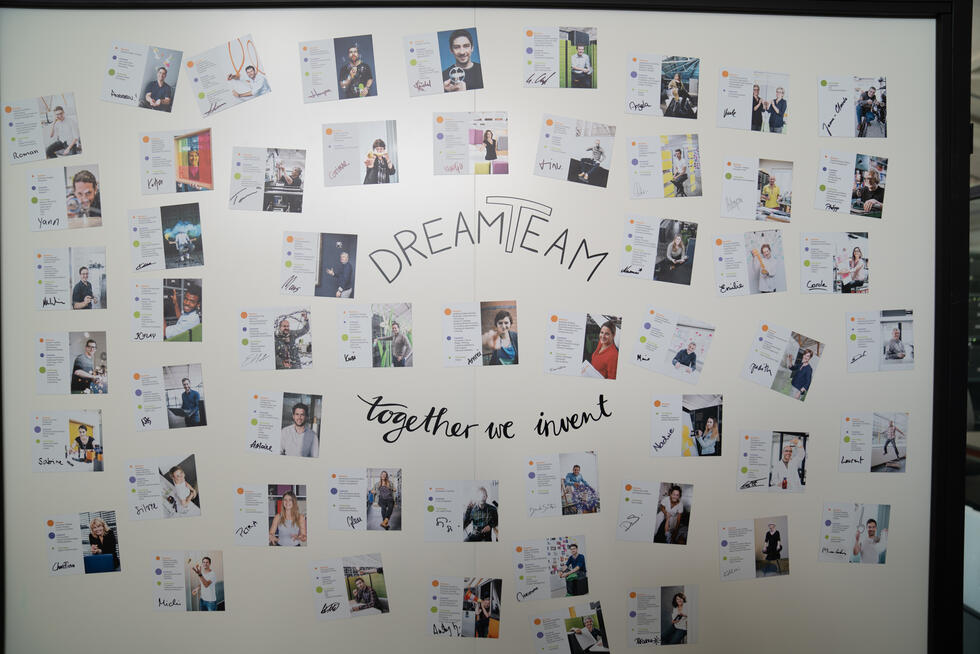
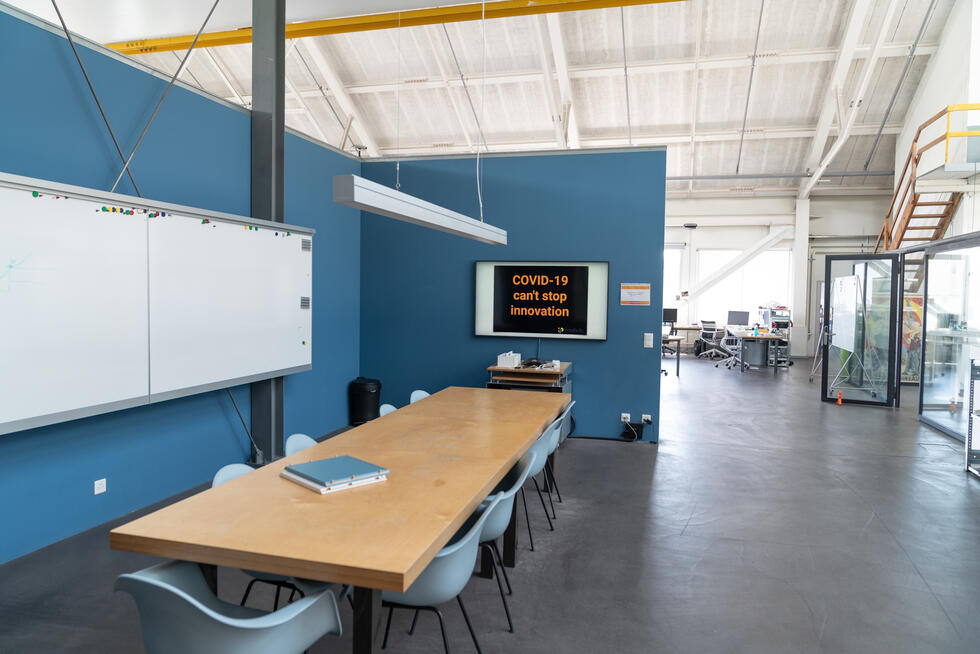


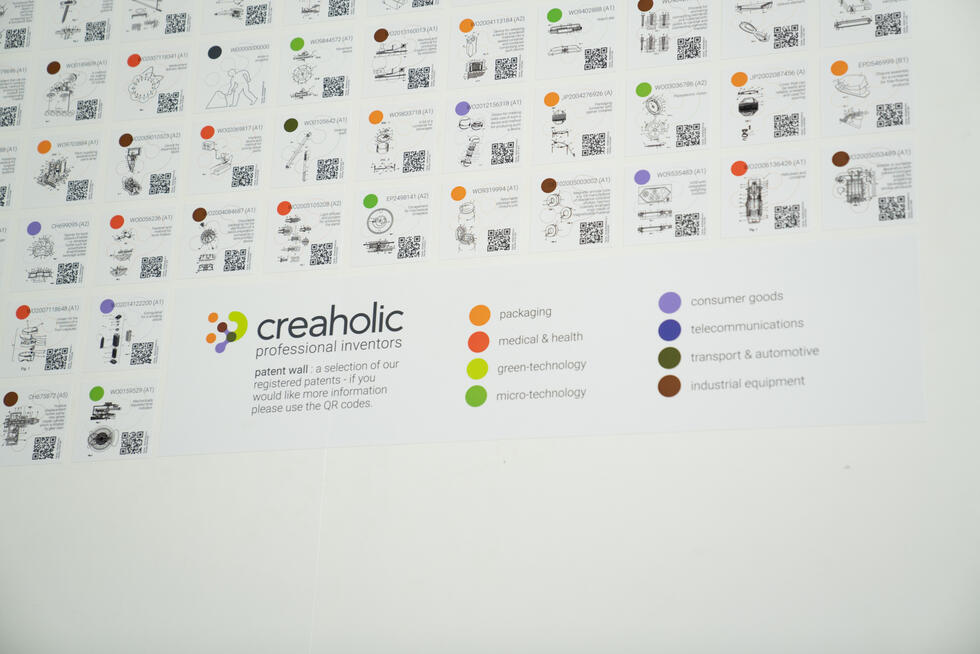
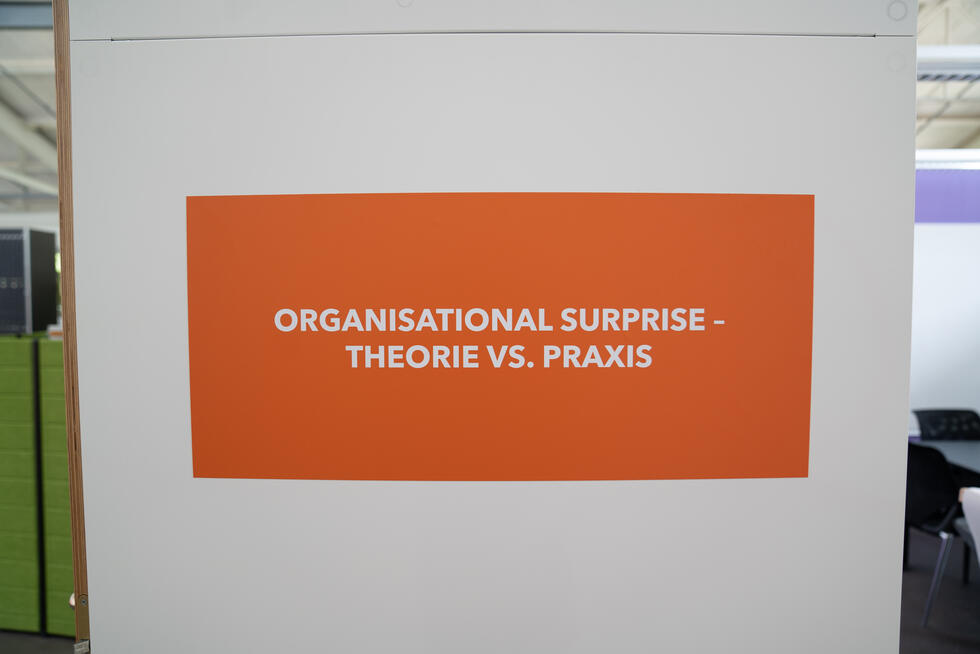
About Creaholic and Marcel Aeschlimann
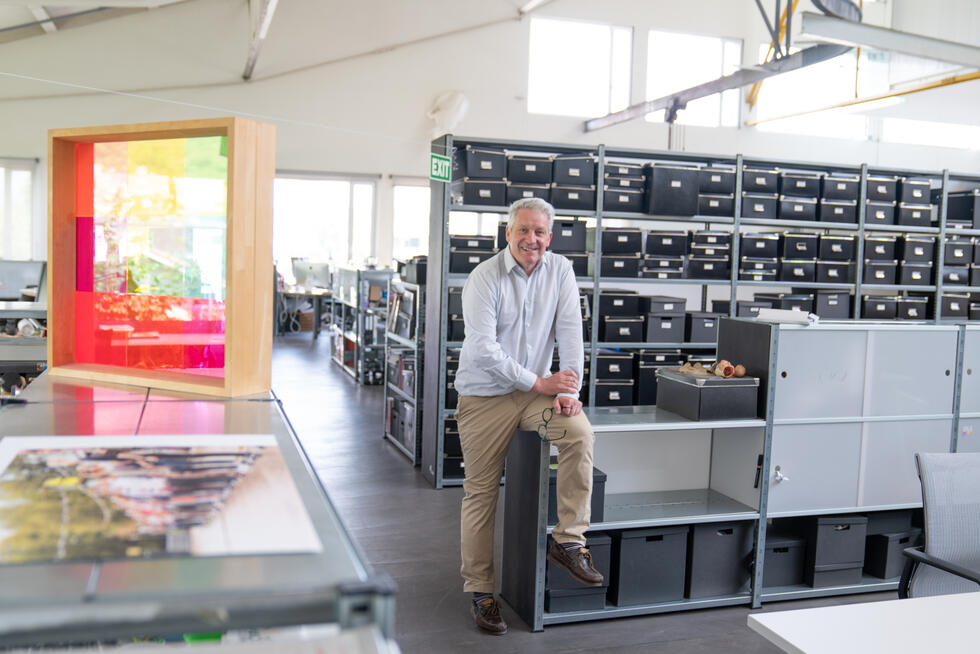
Marcel Aeschlimann is the managing partner and Chairman of Creaholic. Since its foundation in 1986, the company has implemented around 1000 innovation projects and contributed towards the development of some 250 patent families.
Photos and written by:

